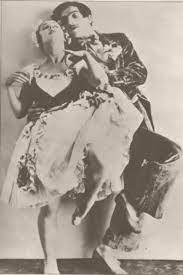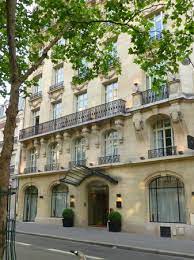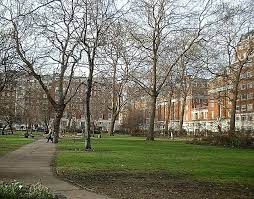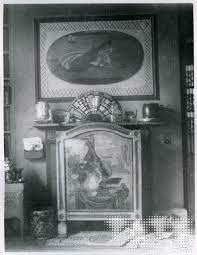Back in January, Russian ballerina Lydia Lopokova, 32, was so excited to receive an offer from one of her former colleagues in the Ballets Russes, Leonide Massine, 27, to join a new company being formed in Paris this spring, producing a show called Soirees de Paris.

Lydia Lopokova and Leonide Massine
She had written to her lover, economist John Maynard Keynes, 40, that the new production would open up
new channels in choreography…All that is best in painting and music shall unite.”
Now that she has arrived here in Paris, fresh from a two-week run at London’s Coliseum in a ballet she helped choreograph, disappointment and annoyance are setting in.
First, the “name your own price” offer from Massine has turned into only about £200 per month, much less than the price she would have named. Massine’s funder, impresario Count Etienne de Beaumont, 40, has discovered that trying to build a company to rival the Ballets Russes, run by Serge Diaghilev, 52, is more expensive than he thought.
This means Lydia will still be dependent on what she calls the weekly “papers’ that Maynard sends her, anywhere from £5 to £20, in addition to the £10 he sends her family back in Russia each month.
To help her economize, two of Lydia’s women friends from London have volunteered to share this hotel apartment with her for the next two months. They arrived before her; after meeting her at the station two days ago, drove her on a whirlwind tour around beautiful Paris.

Cayre’s Hotel
Lydia writes to Maynard every day, because she knows he is lonely back in his Gordon Square townhouse in the Bloomsbury area of London. She tells him that her friends made fun of the big suitcase she brought; she insists it is filled with essentials like dictionaries and shoes.
Today Lydia is writing to Maynard that there is too much rain, too much noise, and not enough space in her room for her to practice. The water makes her sick and she wakes up to the sounds of the milkman’s pots clanging together.
To be in room all alone with pains was indeed a suffering although I looked at you [his photograph] on my table and that was the mental improvement…[She is self-medicating by eating] cream cheeses with cream…[and is afraid to go near] the weighing machine.”
“Such Friends”: 100 Years Ago… is the basis for the paperback series, “Such Friends”: The Literary 1920s. Volumes I through IV, covering 1920 through 1923 are available at Thoor Ballylee in Co. Galway, and as signed copies at Pan Yan Bookstore in Tiffin, OH, City Books on the North Side and Riverstone Books in Squirrel Hill, Pittsburgh, PA. They are also on Amazon.com and Amazon.co.uk in print and e-book formats. For more information, email me at kaydee@gypsyteacher.com.
Mark your calendar! The Greater Pittsburgh Festival of Books returns to the Pittsburgh Theological Seminary in Highland Park on Saturday, May 11. Stop by the “Such Friends” booth in Writers’ Row.
This summer I will be talking about the literary 1920s in Paris and New York at the Osher Lifelong Learning Institute at Carnegie-Mellon University.
Manager as Muse, about Scribner’s editor Maxwell Perkins’ relationships with F. Scott Fitzgerald, Ernest Hemingway and Thomas Wolfe, is also available on Amazon.com and Amazon.co.uk in both print and e-book versions.
If you want to walk with me through Bloomsbury, you can download my audio walking tour, “Such Friends”: Virginia Woolf and the Bloomsbury Group.





















